Rafale SPECTRA EW Under Fire: French Lawmaker Demands Overhaul After Alleged Failure Against Pakistani Missile
French Member of Parliament Marc Chavent has formally raised concerns in a written question to the Ministry for Europe and Foreign Affairs, citing intelligence from NATO sources and assessments by U.S. defence analysts that the SPECTRA suite failed to detect or jam a PL-15E BVR air-to-air missile launched from a J-10C.
(DEFENCE SECURITY ASIA) — The credibility of France’s flagship SPECTRA Electronic Warfare (EW) system has come under intense scrutiny following allegations that it failed to protect Indian Air Force (IAF) Rafale jets during a reported air combat engagement with Pakistan’s J-10C fighters in early May.
French Member of Parliament Marc Chavent has formally raised concerns in a written question to the Ministry for Europe and Foreign Affairs, citing intelligence from NATO sources and assessments by U.S. defence analysts that the SPECTRA suite failed to detect or jam a PL-15E beyond-visual-range (BVR) air-to-air missile launched from a J-10C equipped with the KLJ-10A AESA radar.
“This engagement raises a major strategic question: the SPECTRA electronic warfare system apparently neither detected nor disrupted an attack emitted in spectra that are now standard for low probability of intercept radars,” Chavent wrote in his formal inquiry.
The air engagement, which allegedly unfolded during a high-intensity 87-hour clash between India and Pakistan, reportedly led to the downing of at least one Rafale multirole fighter, marking what could be the first confirmed combat loss of the platform since it entered service.
According to CNN, the incident was confirmed by a senior French intelligence official, although India’s Ministry of Defence has thus far declined to acknowledge the specific aircraft lost.
In a bombshell interview with Bloomberg in Singapore recently, India’s Chief of Defence Staff (CDS), General Anil Chauhan, acknowledged for the first time that the IAF had indeed suffered aircraft losses in the recent Pakistan-India confrontation.
Although General Chauhan did not specify the number of aircraft lost, he confirmed the incident, stating, “The key issue is not whether the aircraft was downed, but why it went down.”
“Numbers are not important,” Chauhan stressed, instead pointing to tactical missteps: “What is good is that we understood the mistakes, corrected them, and within 48 hours launched retaliatory long-range precision strikes with all our fighters.”
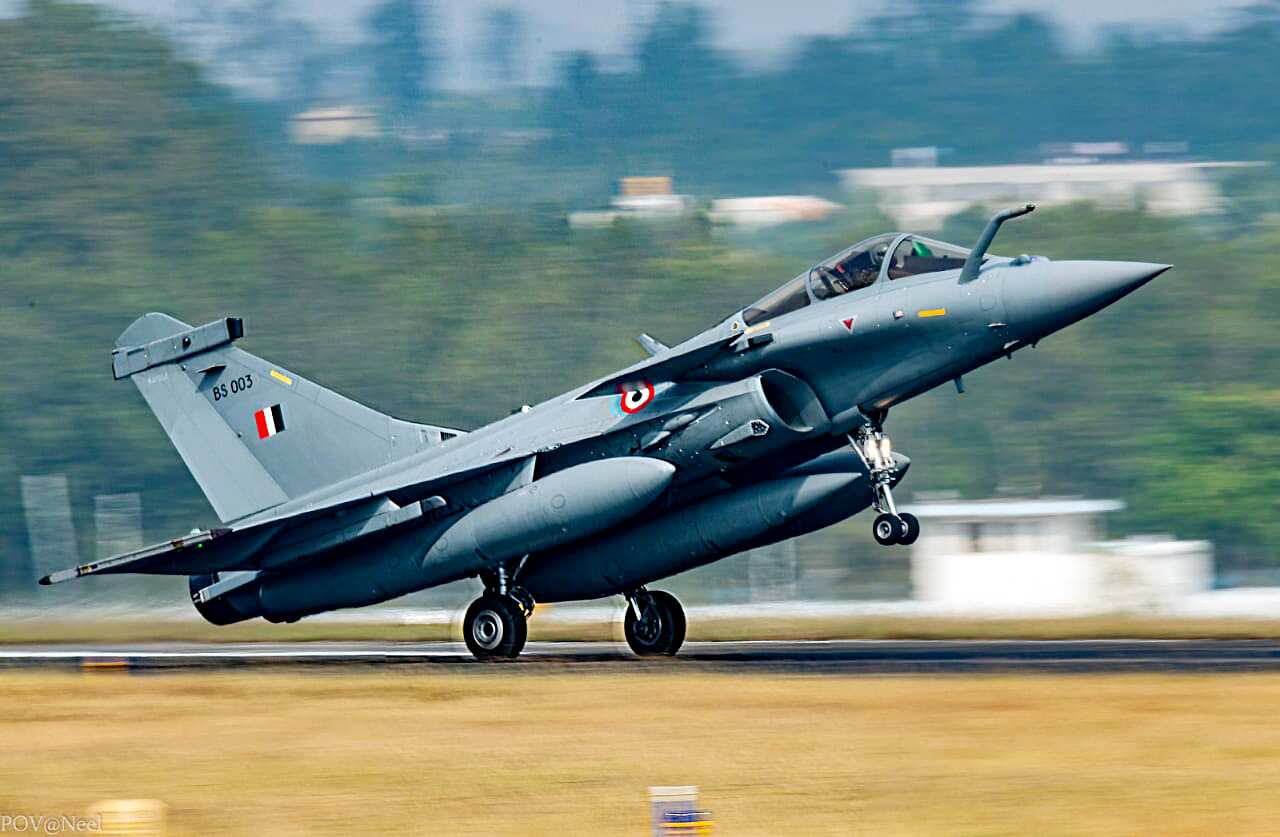
These remarks by India’s top military official appeared to lend credibility to reports emanating from Islamabad, where on May 17, Prime Minister Shehbaz Sharif announced that Pakistan’s air force had shot down six Indian fighter jets during what is now regarded as the most severe aerial clash between the two nuclear-armed neighbours in recent history.
The sixth aircraft, a Mirage 2000, was reportedly downed during nighttime operations on May 6–7 near Pampore, east of Srinagar, an area close to the Line of Control.
Pakistan’s Ministry of Foreign Affairs further claimed that three Rafales, one Su-30MKI, and a MiG-29 were shot down earlier in the conflict, all by PL-15E air-to-air missiles fired from Chinese-made J-10C fighters operated by the Pakistan Air Force (PAF).
“The much-hyped Rafale fighter jets have failed disastrously, and the Indian Air Force pilots have demonstrated a clear lack of proficiency,” declared Pakistan’s Foreign Minister Ishaq Dar.
According to multiple military sources, the Indian aircraft were likely targeted and engaged by PAF J-10C using China’s PL-15 missile—one of the most advanced beyond-visual-range (BVR) air-to-air weapons currently in operation.
The J-10C, developed by Chengdu Aircraft Corporation (CAC) represent a core component of Pakistan’s modern air combat fleet.
Should the Rafale loss be confirmed, it would represent a strategic and symbolic blow to the reputation of France’s Dassault-built fighter, which is currently being marketed globally as a reliable multirole platform for 21st-century air combat.
More critically, the alleged failure of SPECTRA (Self-Protection Equipment to Counter Threats for Rafale Aircraft) to detect or neutralize the long-range PL-15E missile raises urgent questions about the system’s resilience in contested electromagnetic environments—especially against stealthy or low-probability-of-intercept (LPI) radar signatures.
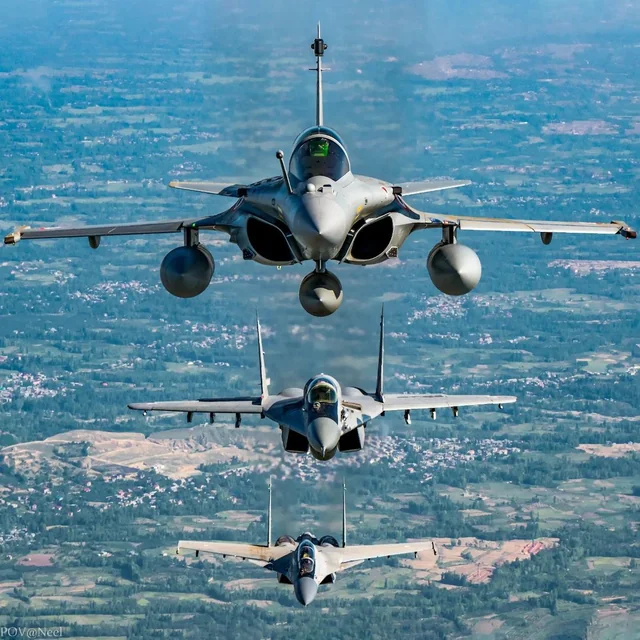
The PL-15E, a derivative of China’s PL-15, reportedly boasts a range exceeding 145 km, is radar-guided via AESA uplinks, and has become central to Pakistan’s modern air-to-air kill chain via the J-10C, threatening to offset India’s airpower edge in the region.
In his inquiry, Chavent asked whether the upcoming Rafale F5 variant, due to enter full-scale development between 2026 and 2027, will be equipped with an enhanced SPECTRA suite capable of operating in modern, LPI-contested electromagnetic domains.
The F5 upgrade package is projected to include crewed-uncrewed teaming, next-generation weapons integration, and stealth enhancements, such as conformal fuel tanks and radar cross-section reduction technologies, intended to keep the Rafale operationally relevant well into the 2060s.
Chavent also questioned whether France is considering the development of a dedicated electronic warfare (EW) variant of the Rafale, potentially mirroring the U.S. Navy’s EA-18G Growler, to conduct SEAD/DEAD (Suppression/Destruction of Enemy Air Defences) missions across emerging Indo-Pacific flashpoints.
“This reflection becomes all the more urgent given that Chinese 5th generation platforms, such as the J-20 and potentially the FC-31, could be rapidly deployed in the Indo-Pacific region, introducing a capability leap in terms of stealth, sensor fusion, electronic warfare, and multi-domain interoperability,” Chavent warned.
The growing threat posed by Chinese stealth aircraft and Pakistan’s deepening integration of Chinese combat systems has significantly altered the airpower calculus for India and its Western defence partners.
The SPECTRA suite, developed jointly by Thales and MBDA, is widely considered one of the most sophisticated self-protection systems in service, offering long-range detection, threat identification, and precise threat localization across infrared, electromagnetic, and laser spectrums.
Its integrated defensive architecture includes phased array jammers, radar warning receivers, missile and laser warning systems, and chaff/flare dispensers, designed to provide 360-degree protection during multi-domain operations.
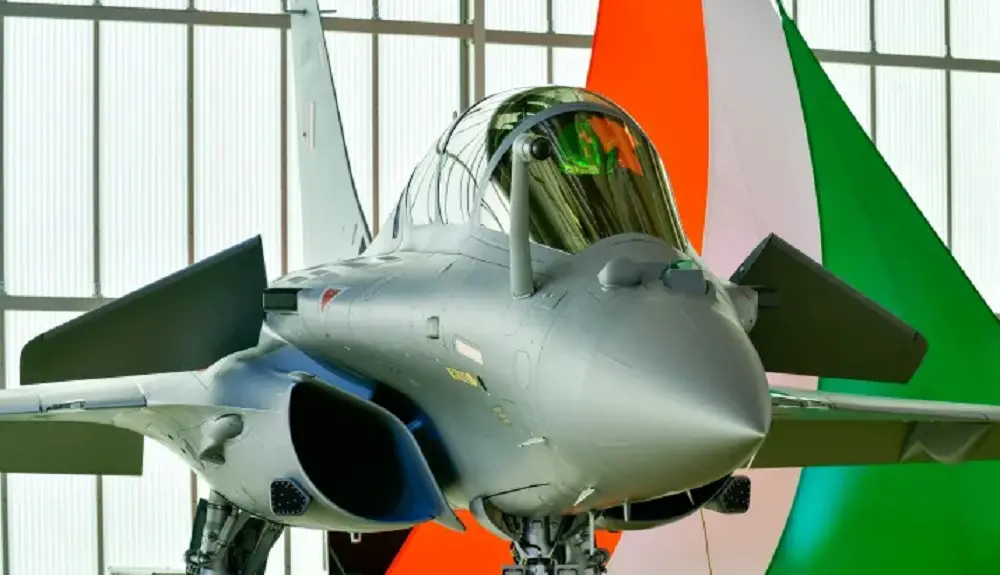
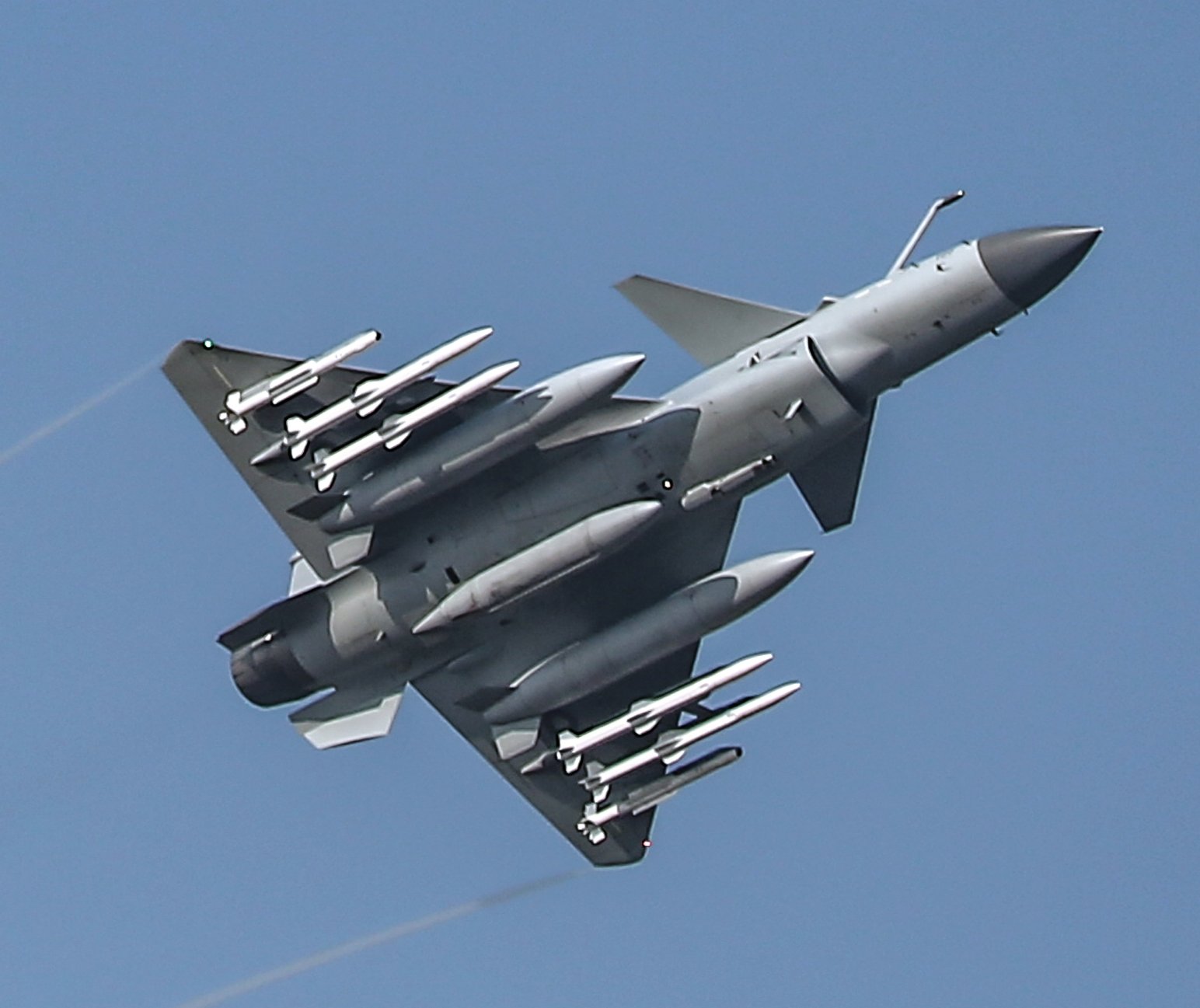
A key feature is its dedicated data fusion and response management unit, enabling the pilot to receive real-time threat prioritization and countermeasure deployment without compromising situational awareness.
However, the alleged inability of SPECTRA to detect or engage a radar-guided threat like the PL-15E has triggered a wave of concern among military analysts and potential export clients, particularly nations like Greece, Egypt, and the UAE, who have recently signed multi-billion-dollar Rafale contracts.
With Chinese and Pakistani fighter aircraft increasingly operating in joint doctrines and layered network-centric kill chains, the failure—or perceived degradation—of Western electronic warfare systems such as SPECTRA could tilt the regional airpower balance.
For India, which has invested heavily in the Rafale as a technological edge over both Pakistan and China, any vulnerability in its defensive avionics could significantly reduce the fighter’s deterrence credibility in contested zones such as Ladakh, Kashmir, and the Arabian Sea.
The upcoming Rafale F5 is being positioned as a bridge between 4.5 and sixth-generation capability, but its operational viability may depend heavily on how rapidly France can adapt SPECTRA to defeat new-generation AESA-guided, long-range, and multi-spectrum missile threats.
As the Indo-Pacific theatre becomes a testing ground for next-generation EW, radar, and missile capabilities, the SPECTRA issue is more than a technical failure—it is a litmus test for Western combat survivability in an era of Chinese missile dominance.
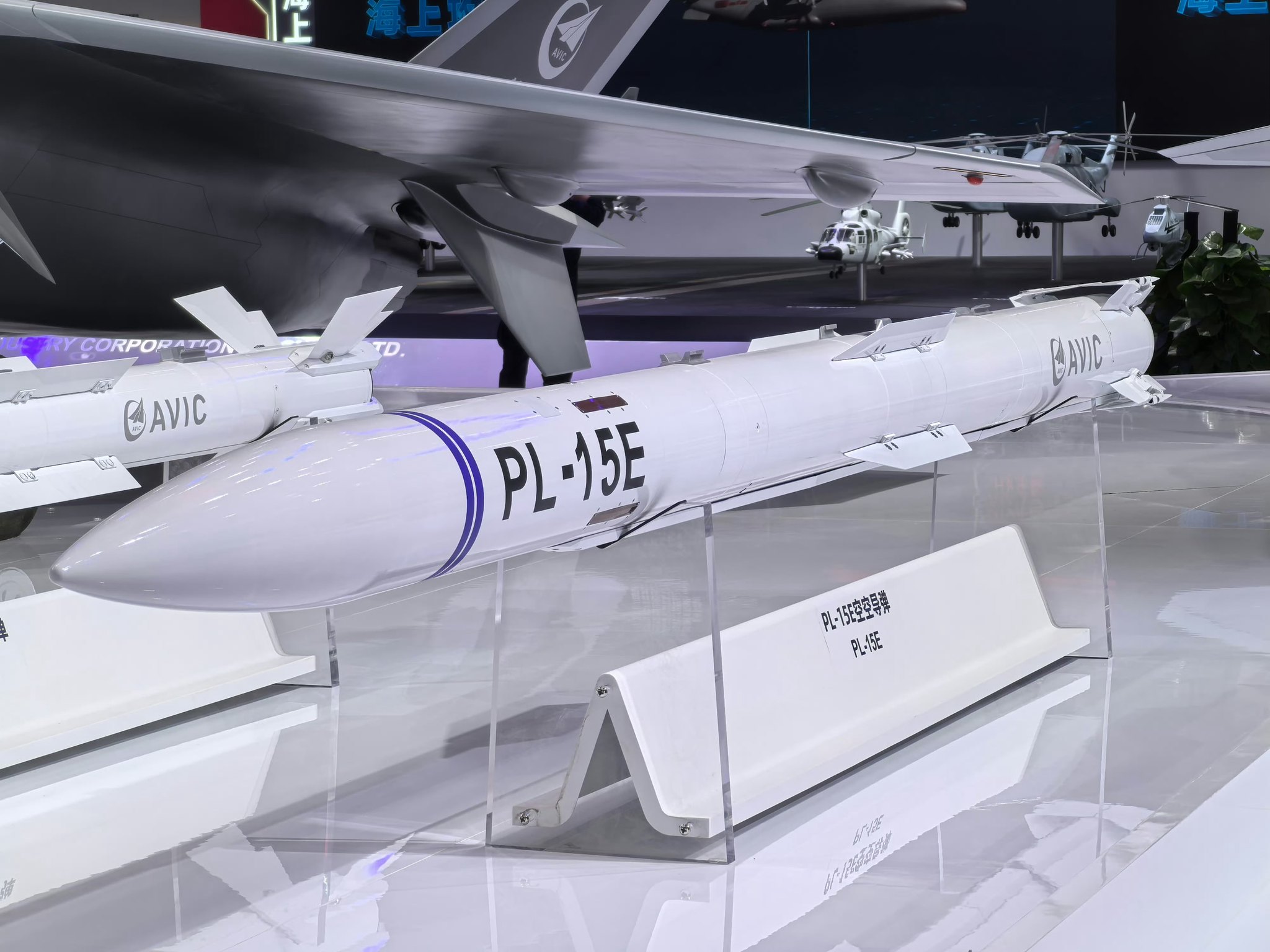
The SPECTRA (Self-Protection Equipment to Counter Threats for Rafale Aircraft) system is one of the most sophisticated electronic warfare (EW) suites ever developed, jointly engineered by Thales Group and MBDA specifically for the Dassault Rafale multirole fighter.
What Is SPECTRA?
SPECTRA is a fully integrated self-protection electronic warfare system designed to shield the Rafale from a wide spectrum of threats, including radar-guided missiles, laser-based targeting systems, infrared homing weapons, and modern integrated air defence systems.
Functioning as an intelligent electronic shield, the system allows pilots to evade, disrupt, or neutralize incoming threats autonomously—without diverting focus from mission objectives.
Key Components
Among its core components is the Radar Warning Receiver (RWR), which detects and identifies radar emissions from enemy air defence systems, providing early warning before the aircraft is locked as a target.
Complementing this is the Laser Warning Receiver (LWR), which detects laser beams from tracking or targeting systems—including laser-guided missiles—and alerts the pilot to threats often invisible to traditional radar.
The Missile Warning System (MWS) employs passive infrared sensors to detect incoming missile launches and automatically triggers countermeasures such as flare deployment or evasive manoeuvres to enhance survivability.
To actively disrupt hostile radar, SPECTRA includes a Phased Array Jammer capable of simultaneously jamming multiple radar systems across different directions, ensuring comprehensive signal interference.


